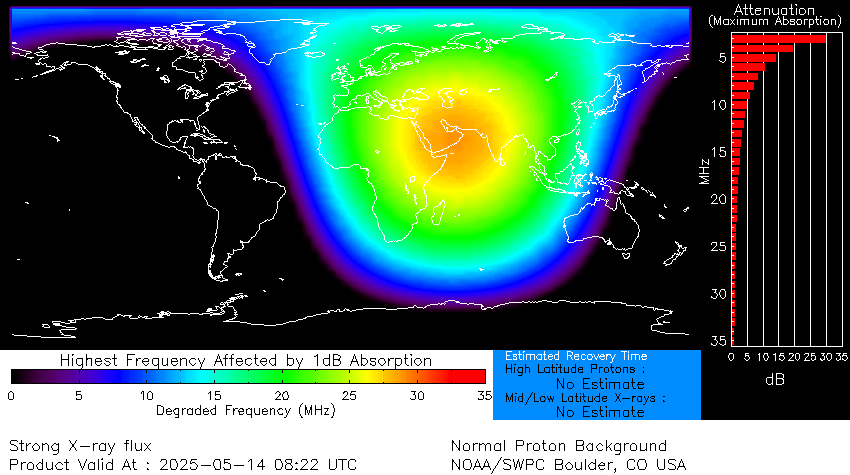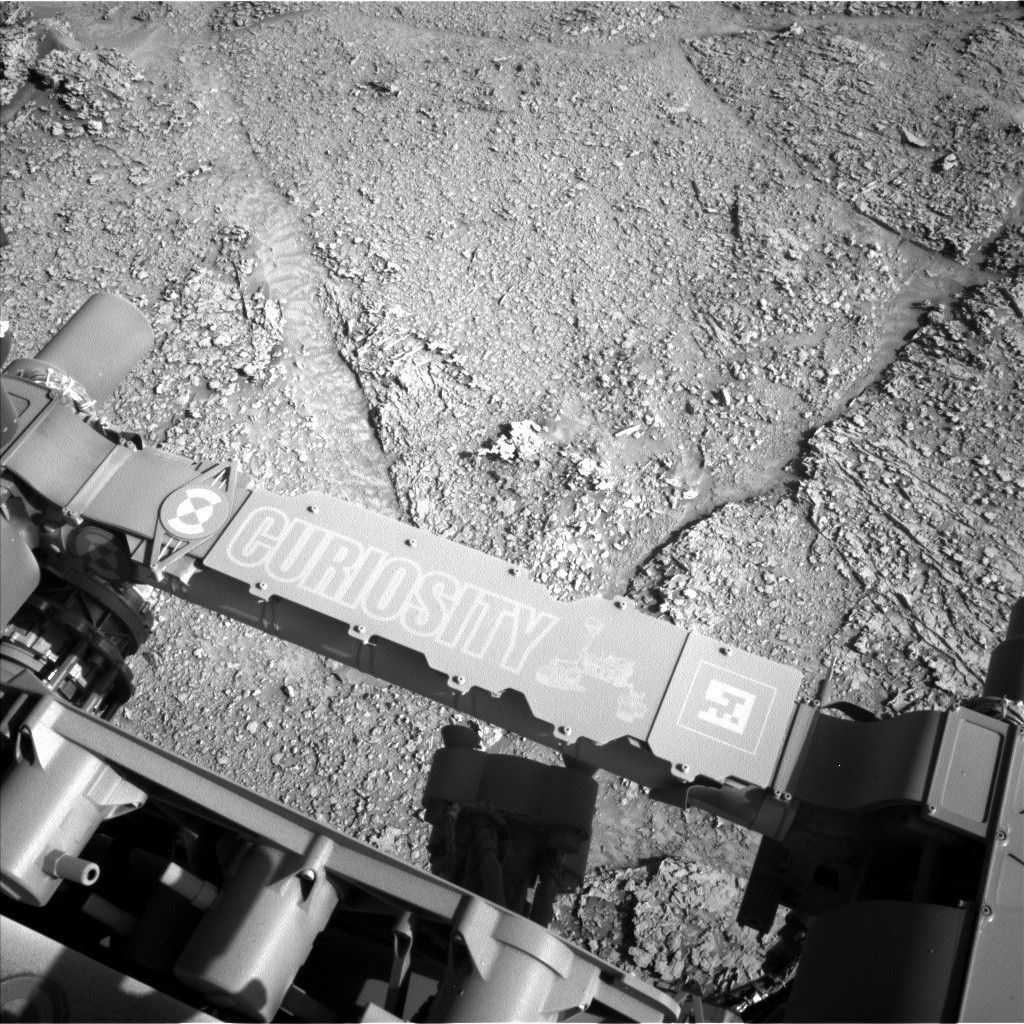
Of the five “naked-eye” planets in Earth’s night sky, Mercury tends to be the most difficult to spot because the tiny planet tends to linger in the sun’s bright glare.
But tonight (Sept. 13) Mercury will reach its farthest separation from the sun as seen from Earth, also known as its greatest eastern elongation, which makes this the best night to look for the planet during its current evening apparition. After tonight, the planet will appear to make a small U-turn in our evening sky and creep closer to the sun again. To safely see Mercury, wait until sunset — its proximity to the sun can make it dangerous to observe without proper eye protection.
Mercury has graced our evening skies since August, having emerged from behind the sun — a position that astronomers call superior solar conjunction, where the planet is not visible from Earth — on Aug. 1. It has gradually inched farther from the sun every night since, and after reaching its greatest eastern elongation tonight, the innermost planet will begin to glide closer to the sun until it again disappears in the sun’s bright glare in early October.
Related: When, where and how to see the planets in the 2021 night sky
Mercury will reach inferior solar conjunction, passing in front of the sun from Earth’s perspective, on Oct. 9. It will hide out in the sun’s glare, unobservable to the human eye, from late September through mid-October, when it will emerge once more as a “morning star” visible before sunrise.
Skywatchers in or near the Southern Hemisphere will have the best views of Mercury’s greatest eastern elongation tonight because the planet is higher in the sky for a longer period of time after sunset in these locations. From mid-northern latitudes and up, Mercury may be too low on the horizon to spot by the time the sun sets.
In New York City, for example, Mercury sets tonight at 7:55 p.m. local time, only 48 minutes after sunset, according to Time and Date’s night sky calculator. But Mercury doesn’t set in Miami until 8:34 p.m. local time, while the sun sets there more than an hour earlier, at 7:26 p.m local time. Those observing from Buenos Aires, Argentina, will see Mercury set at 8:52 p.m. local time, more than two hours after sunset.

If you aren’t able to catch a view of Mercury during its current evening apparition, you’ll have another chance to see the elusive little planet when it returns to the morning sky in late October. Mercury will reach its greatest western elongation from the sun on Oct. 24, after which it will bust another U-turn and head toward another superior solar conjunction on Nov. 28.
Email Hanneke Weitering at hweitering@space.com or follow her @hannekescience. Follow us on Twitter @Spacedotcom and on Facebook.


